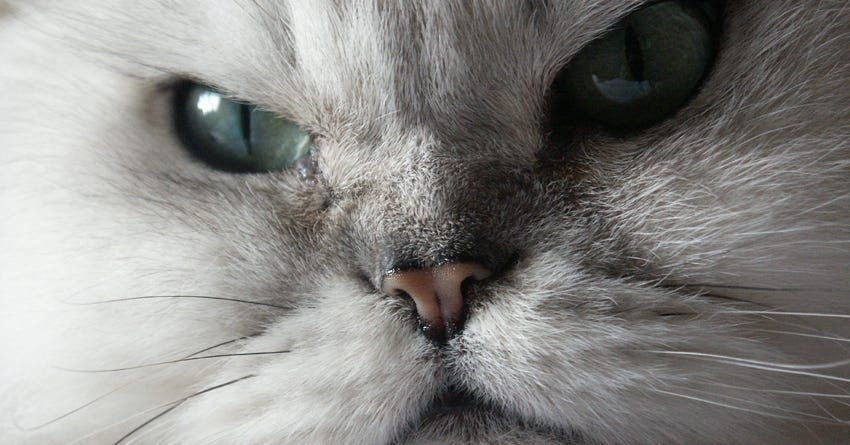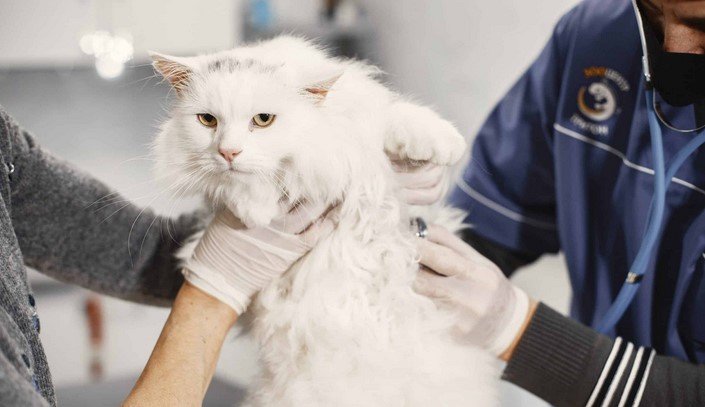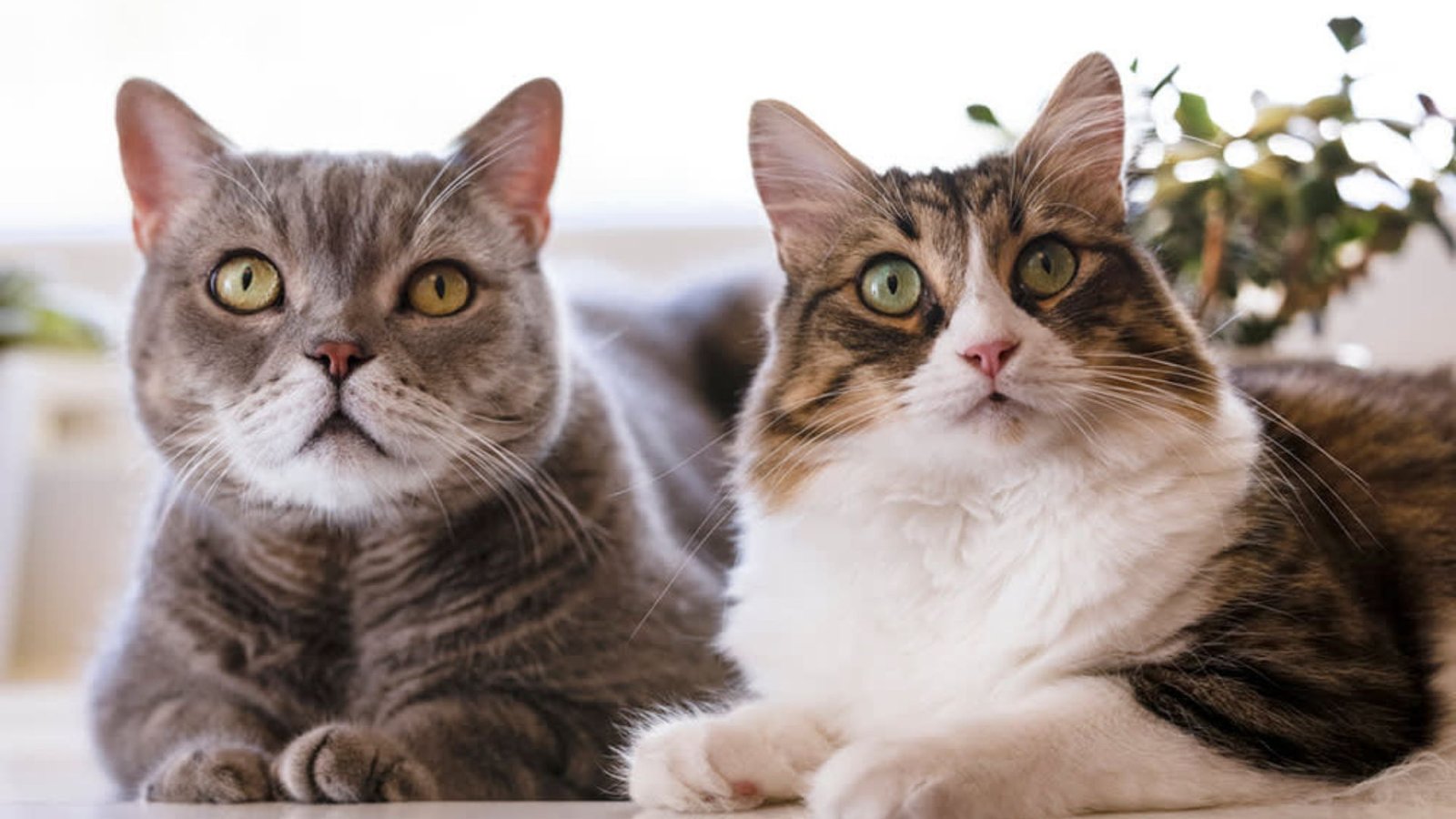Cats are fascinating creatures, known for their curious and sometimes perplexing behaviors. From sudden bursts of energy to quiet moments of kneading, their actions can leave even seasoned cat owners scratching their heads. But every twitch of a tail or meow serves a purpose rooted in instinct, communication, or comfort. Understanding these behaviors can strengthen the bond between you and your feline friend.
Common Cat Behaviors and What They Mean
1. Kneading (Making Biscuits)
Cats often press their paws alternately on soft surfaces like blankets, pillows, or even their owners. This behavior, known as kneading, is a remnant of kittenhood when they stimulated milk flow from their mother. As adults, kneading is often a sign of comfort and contentment.
2. Purring
A cat’s purr can indicate happiness, but it’s not always a sign of contentment. Cats also purr when they are stressed, injured, or trying to self-soothe. The frequency of a cat’s purr is thought to promote healing, which is why they may purr when unwell.
3. The Zoomies
Sudden, energetic dashes around the house—commonly called “zoomies”—are natural for cats. These bursts of energy often occur after napping or at night and are a way for cats to burn off excess energy.
4. Scratching
Scratching is more than a destructive habit; it serves several purposes for cats. It helps them mark territory (both visually and with scent glands in their paws), keep their claws healthy, and stretch their muscles. Providing a scratching post can redirect this instinctive behavior.
5. Tail Language
A cat’s tail position and movement communicate its mood.
- Upright with a curve at the tip: Friendly and happy
- Twitching or flicking: Irritation or excitement
- Puffed-up tail: Fear or aggression

6. Head-Butting (Bunting)
When cats press their heads against you, it’s a sign of affection and trust. This behavior, known as bunting, also transfers their scent to mark you as part of their territory.
7. Hiding
Cats instinctively seek out small, enclosed spaces when they feel threatened, stressed, or need to rest undisturbed. Creating a safe and quiet spot for your cat can help them feel secure.
8. Bringing “Gifts”
A dead mouse or toy dropped at your feet may seem gross or random, but it’s a gesture of generosity. Cats are natural hunters, and presenting you with their “catch” is a sign of respect and inclusion in their social circle.
Why Cats Behave the Way They Do
Instincts at Play
Cats are descendants of wild hunters, and many of their behaviors stem from survival instincts. For example:
- Stalking and pouncing: Remnants of hunting practices
- Kneading: Tied to kittenhood and nursing
- Hiding: A defense mechanism from predators
Communication
Cats are masters of non-verbal communication. From body language to vocalizations, every action conveys something:
- Meowing: Cats often reserve meowing for humans as a way to communicate their needs.
- Hissing: A clear warning to back off, indicating fear or aggression.
- Slow blinking: A sign of trust and affection.
Comfort and Security
Behaviors like purring, kneading, and head-butting often indicate that your cat feels safe and secure. If your cat is engaging in these behaviors around you, it’s a sign of their trust.
Unusual Behaviors to Monitor
While many feline actions are normal, certain behaviors can signal health or emotional issues. Look out for:
- Excessive grooming: Could indicate stress or a skin condition.
- Sudden aggression: Might be due to pain, fear, or territorial disputes.
- Lethargy or loss of appetite: These could signal illness and require a vet visit.
How to Support Your Cat’s Behavior
1. Provide Enrichment
Cats thrive in environments that stimulate their natural instincts. Offer toys for hunting simulation, scratching posts, and climbing structures like cat trees.
2. Establish Routines
Cats are creatures of habit and feel secure with predictable routines, particularly around feeding and playtime.
3. Respect Their Space
Always let your cat approach you on their terms. Forcing interaction can lead to stress or mistrust.
4. Pay Attention to Cues
Learning your cat’s unique behaviors and preferences will help you respond appropriately to their needs and emotions.
Conclusion
Understanding cat behavior is key to creating a harmonious relationship with your feline companion. By recognizing the instincts and emotions behind their actions, you can better meet their needs and enjoy the quirks that make cats such beloved pets.
Next time your cat zooms through the living room or kneads your lap, you’ll know there’s more to their actions than meets the eye—a blend of instincts, communication, and affection that connects them to you.




